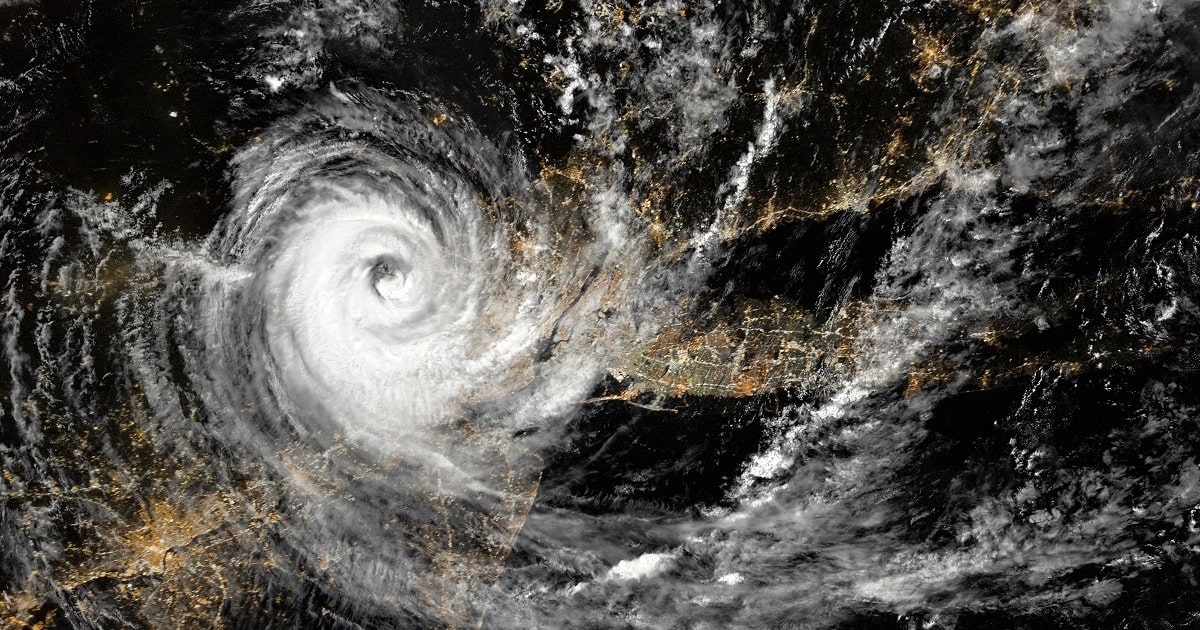Create Your Own Hurricane Management Plan
Hurricane season starts in June and lasts through November. Because the season extends through so many months, we encourage both our agents and policyholders to take a few moments to create a preparedness plan for these potentially extreme weather conditions.
Three Steps to Prepare Businesses for Hurricane Season

1. Verify employee contact information.
Maintaining accurate contact information is one of the most important components of any business operation, and it is even more critical in an emergency. Knowing how to reach your employees and vendors is a vital part of helping your business to quickly recover from a disaster.
- Send a memo to your employees asking them to update their contact information. This will help you to check on their wellbeing and share the next steps for resuming normal business operations.
- Update your supplier and vendor contact information, as well as other important contacts such as your bank or insurance carriers.
2. Update critical business functions.
The OFB-EZ™ Open for Business® program offered by IBHS includes forms that can help you to prioritize which business functions are most critical for continuing operations in an emergency situation. Critical business functions can change from year to year. Review your existing disaster plan to account for any changes, such as the addition of new business systems, products and employees.
Here are some questions to get you started:
- How much downtime can my business tolerate without a significant financial impact?
- Which functions are necessary in order to fulfill legal or regulatory obligations?
- What business functions are essential for maintaining market share and reputation?
Be sure to prioritize each function (high, medium or low) and determine who among your staff is responsible. Record detailed notes outlining the steps that should be taken in common disaster scenarios, such as power outages, damage to equipment or natural disasters.
Work with your employees so that they fully understand the procedures for recovering the critical business functions. Name an alternate employee to take charge should the primary employee be unavailable to perform the function. Advance planning will help everyone recognize their responsibilities.
3. Prepare your recovery location.
If your plans include the use of a recovery location – an alternative site for business operations – take time to review your needs to be certain the location is still adequate. Be sure the location is equipped with any special supplies or equipment that will be needed to continue business operations.
It is also a good idea to contact the recovery location provider before the season starts, so that you can review your plans and ensure that your requirements are still being met.
The Insurance Institute for Business & Home Safety (IBHS) is a nonprofit applied research and communications organization dedicated to reducing property losses due to natural and human-made disasters by building stronger, more resilient communities. AmTrust supports the efforts of the IBHS in helping to protect businesses and their employees before, during and after a hurricane.

Other Tips on How to Prepare a Business for a Hurricane
Being proactive is a key to helping to avoid, or at the very least, reduce the amount of loss and property damage your small business suffers during severe weather season.
- Move any materials, vehicles or equipment to a secure area and away from windows
- Check roof and drainage system
- Unplug and cover equipment
- Charge communication devices beforehand
- Install and maintain a generator
What to Do After the Storm
After the storm has passed, the first thing to do is to make sure that everyone is safe. Once it is possible to emerge from the safe spot, follow these steps:
- Take pictures of damage
- Keep clear of heavily damaged areas until crews arrive
- When safe to do so, disconnect all affected electronics and electrical equipment and move it to a dry location
- Stay at least 10 feet from downed power lines
- Protect your property from further damage by boarding up windows and salvaging undamaged items
- Contact your insurance agent and file a claim as soon as it is safe to do so
AmTrust Loss Control Helps Keep You Safe
We invite you to check out the
Emergency Preparedness: Storms, Hurricanes and Tornadoes section on our Resource Center, which offers a wealth of additional information and resources for agents and policyholders to prepare their business operations for severe weather conditions. Find out about how to
reduce flood damage, what to do
after a tornado hits your area, how to protect your building’s windows during a storm and much more.
AmTrust’s
Loss Control Department specializes in risk management solutions. We offer a variety of
workplace safety resources that can help your organization reduce workplace injuries and other incidents. For more information, please
contact us today.
This material is for informational purposes only. Neither AmTrust Financial Services, Inc. nor any of its subsidiaries or affiliates represents or warrants that the information contained herein is appropriate or suitable for any specific business or legal purpose. Readers seeking resolution of specific questions should consult their business and/or legal advisors. Coverages may vary by location. Contact your local RSM for more information.